
Eduardo pointed to a painting of the Virgin of Pomata on the wall behind the gold-leafed lined concierge desk. “This painting was done in the 15th century by locals during the Spanish conquest of the Inca Empire. It has hidden messages within it.” I peered at the ancient art; close up the brush strokes from the artist appeared. From afar the the piece transformed into a mountainous version of the icon. “I don’t see the hidden messages” I said. Eduardo went on to explain that the Incan people were polytheistic and prayed to natural objects such as mountains, boulders, streams, etc. They believed every mountain peak was either the home of a god or an actual god.
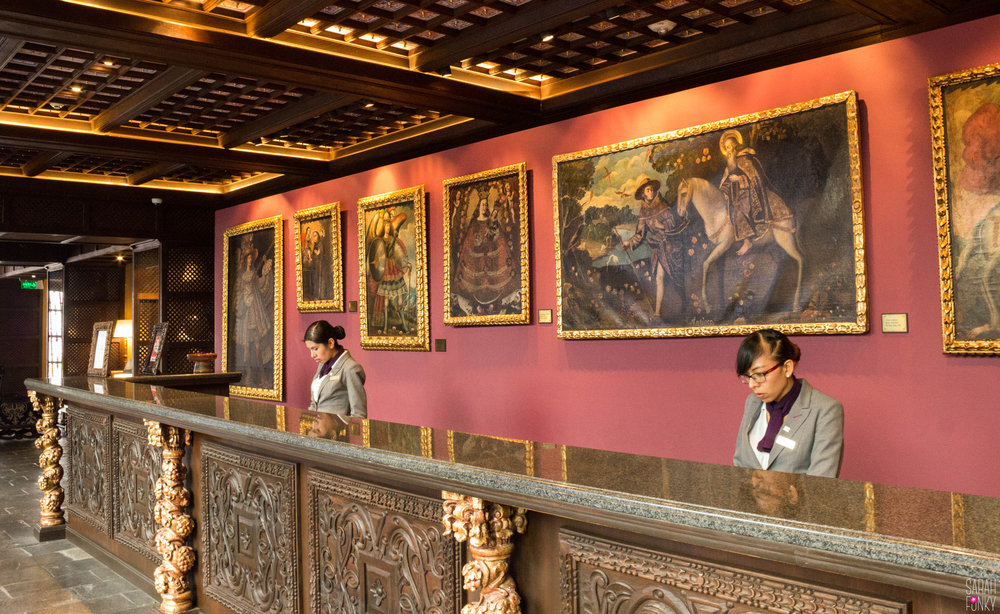
In this painting of the Virgin of Pomata, the artist portrayed her in the shape of the San Miguel mountain, a way to discretely fight against the forced Christianity placed upon them. As we continued to stroll through the stone walled hallways of Palacio del Inka, I became increasingly aware of the common theme in the historic hotel’s artwork.
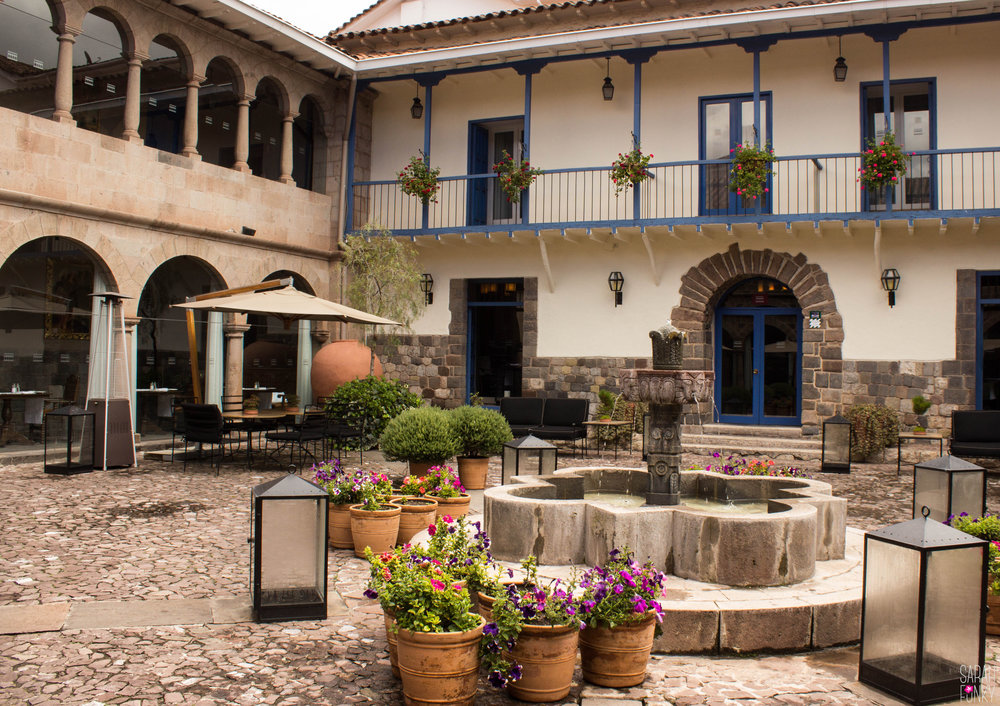
Cuzco, a city in the Peruvian Andes, is known for its archaeological remains and Spanish colonial architecture. The site was the capital of the Inca Empire from the 13th until the 16th-century Spanish conquest. Today it’s ancient Andean culture has only been repackaged as a thriving tourist mecca. Old ways are not forgotten here. Women wearing traditional skirts and bowler hats sell colorful textiles along the cobblestones streets. Local carnivals keep the past vivid as pagan tradition meets solemn Catholic ritual, often overlapping and embracing each other. The foremost city of the Inca Empire is now the undisputed archaeological capital of the Americas, as well as the continent’s oldest continuously inhabited city.
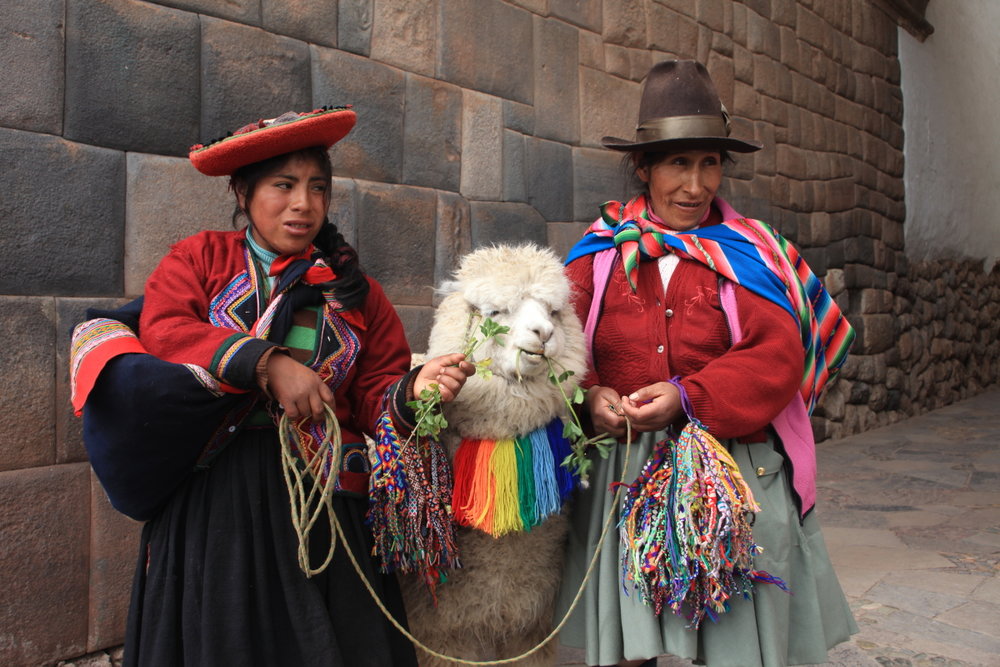
Along a narrow cobblestone street lined with 500-yr old Incan walls, history awaits at the Palacio del Inka Hotel. Directly across from the Coricancha (Temple of the Sun), it is a five-minute walk from the Plaza de Armas and less than a mile from a variety of museums, markets, and restaurants. Palacio del Inka was once part of the Inka Temple of the Sun, the most sacred site in the Inca religion and at the time considered the very centre of the Inca world.
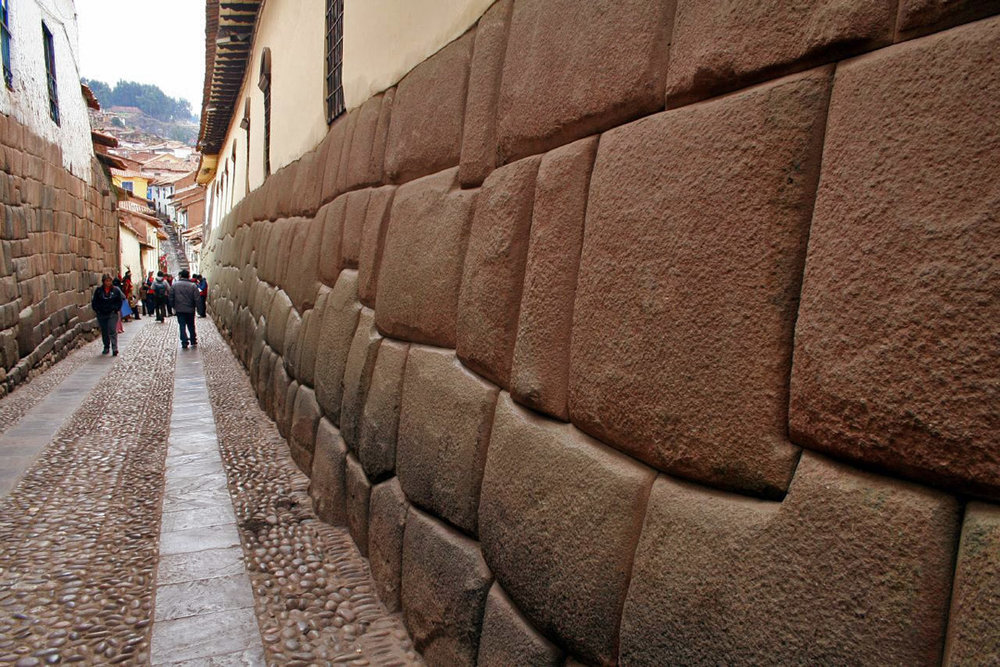
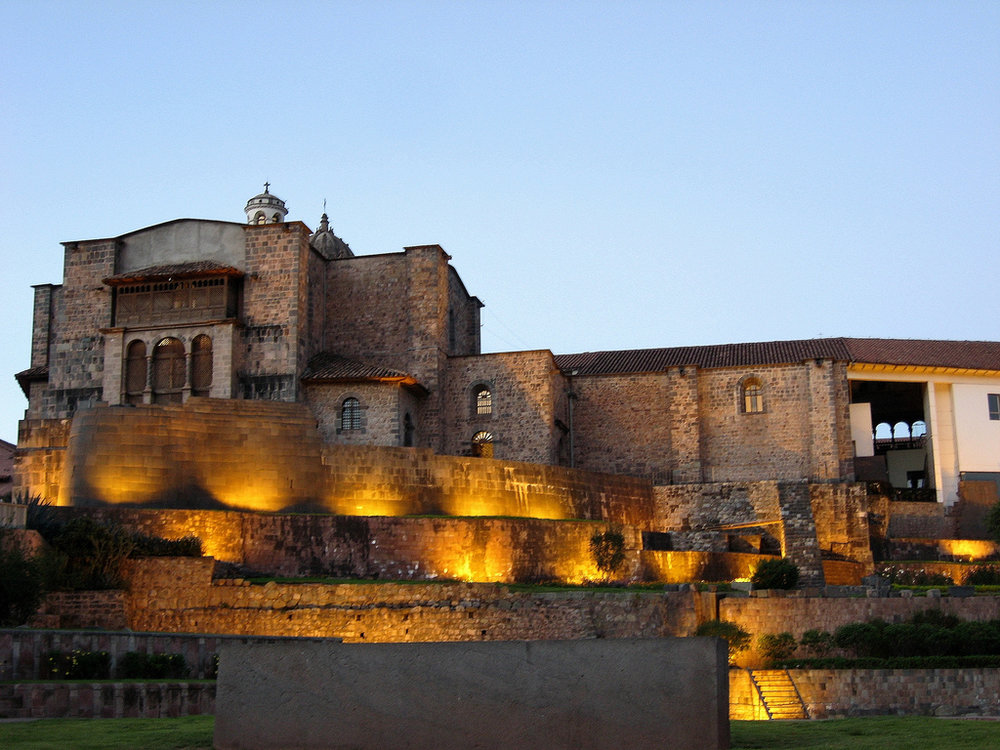
Constructed in 1438 the Temple of the Sun was the vision of Inka Pachacuti. Along with the temple, he built a number of adjacent structures, which today remain as walls within hotel. The completed house featured a wide courtyard with archway galleries on three sides, a passageway, Doric columns, iron rosettes on the heavy wooden door, and sculpted reliefs. The main entrance of the mansion also included an archway with four busto sculptures: one of de Salas, one of his son, and one each of their respective wives. These works bestowed the house with the name for which it has been known for the subsequent five centuries: the House of the Four Bustos. Additionally, on the top archway, the family’s coat of arms still resides, pinnacled on both ends.
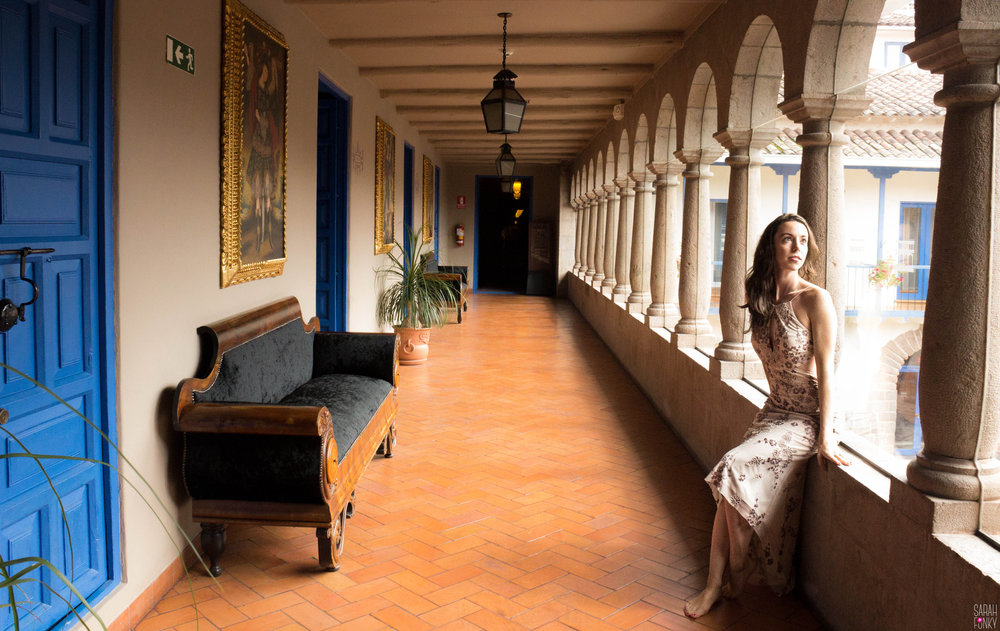

Today, this historic home is the center of the hotel and strolling through the hallways one will encounter original Inka walls lining many of the rooms and ancient art from locals. This is a place where you can touch history.
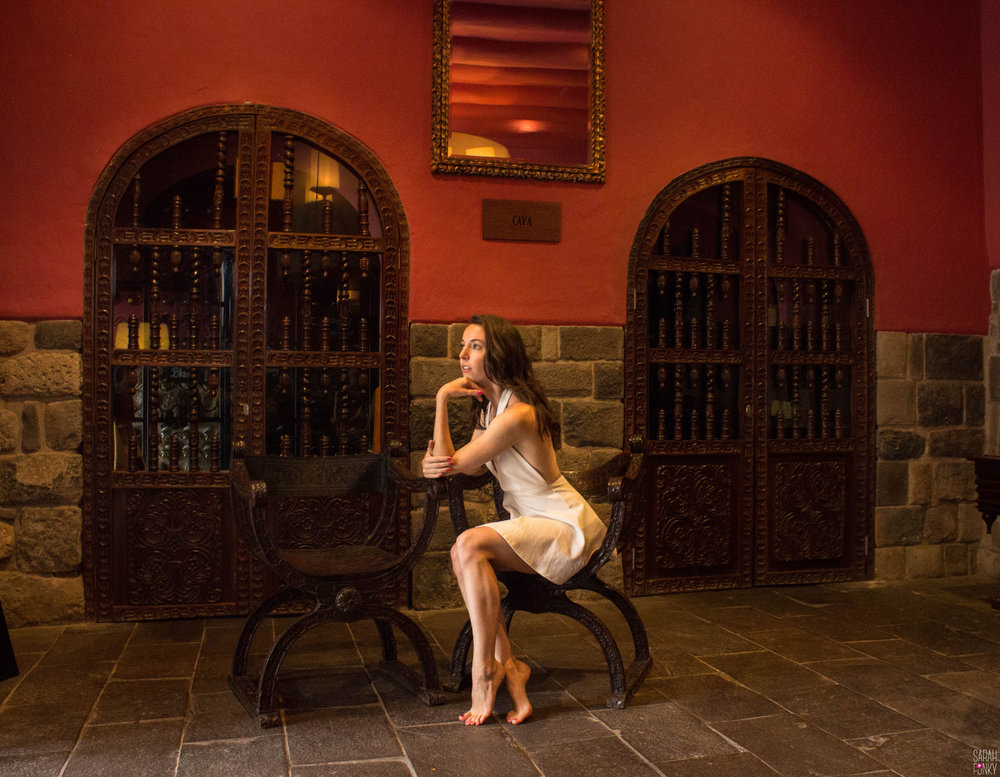
Suites are decorated with colonial and baroque elements and feature hand-painted ceilings, paintings from the Cusco School, and beds with elegant headboards. Each oxygen-enriched suite has its own, unique Quechua name and a view of the main courtyard. As guests arrive fresh fruit and dragon fruit juice with chamomile and cactus leaf are provided to begin the relaxation.
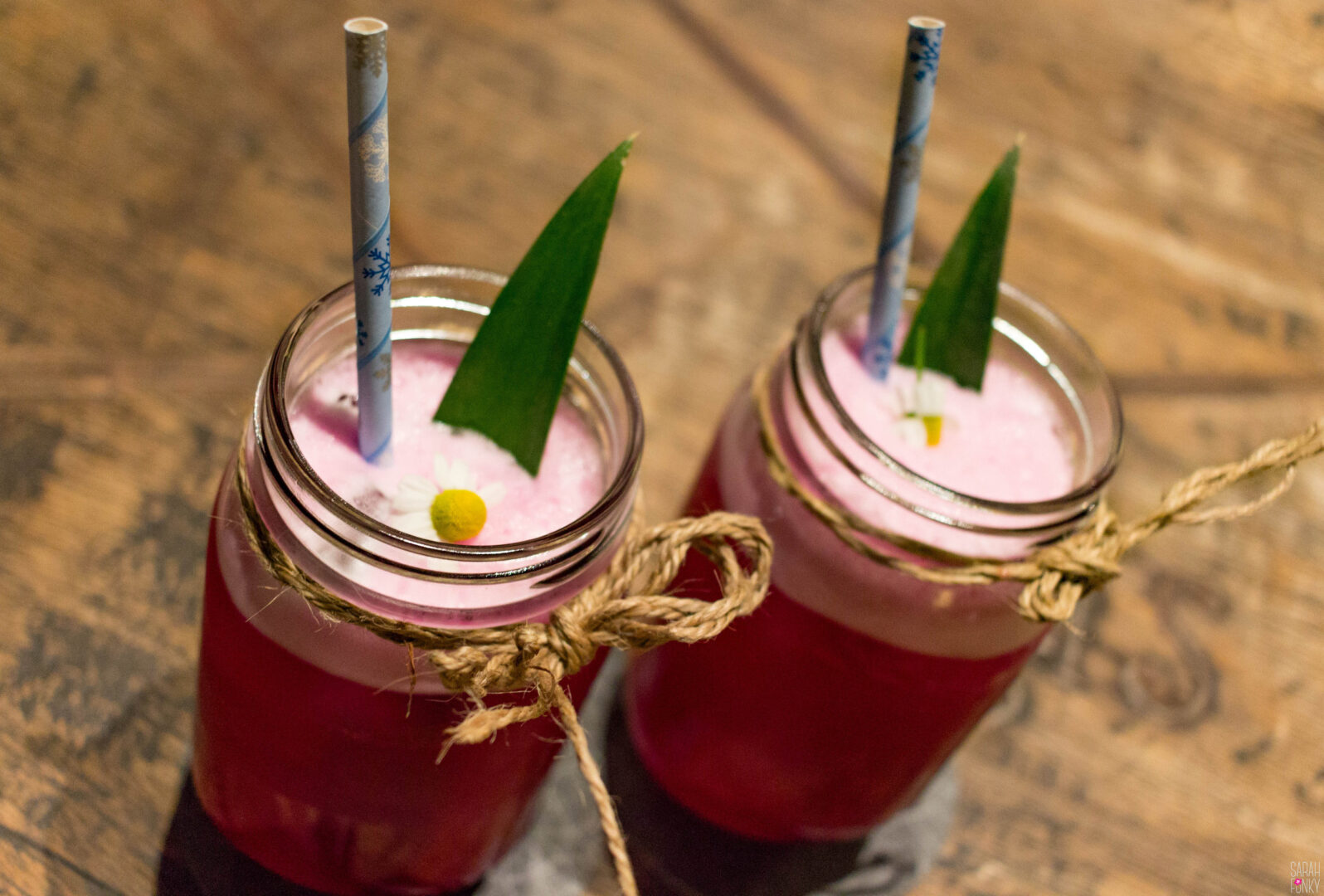
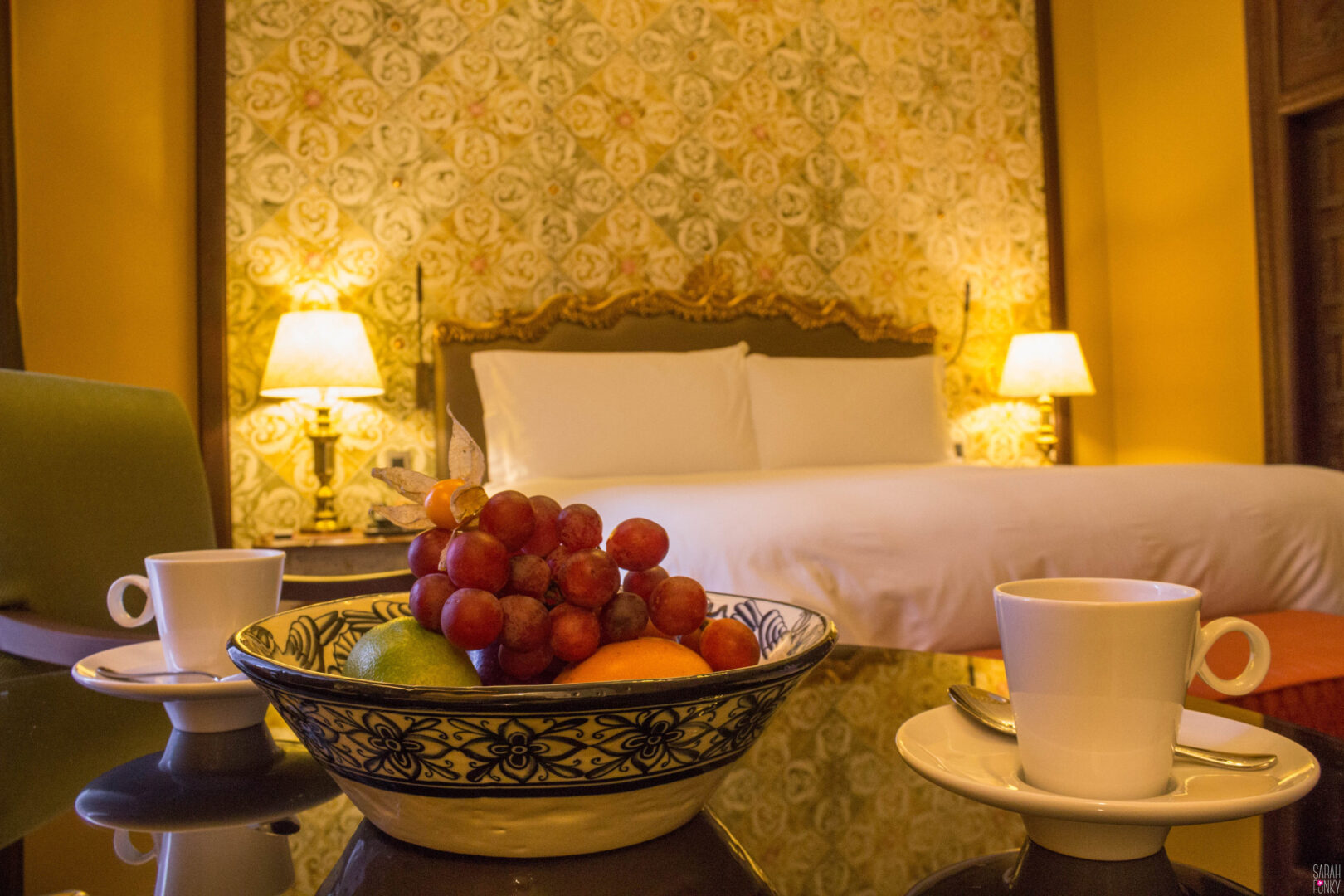
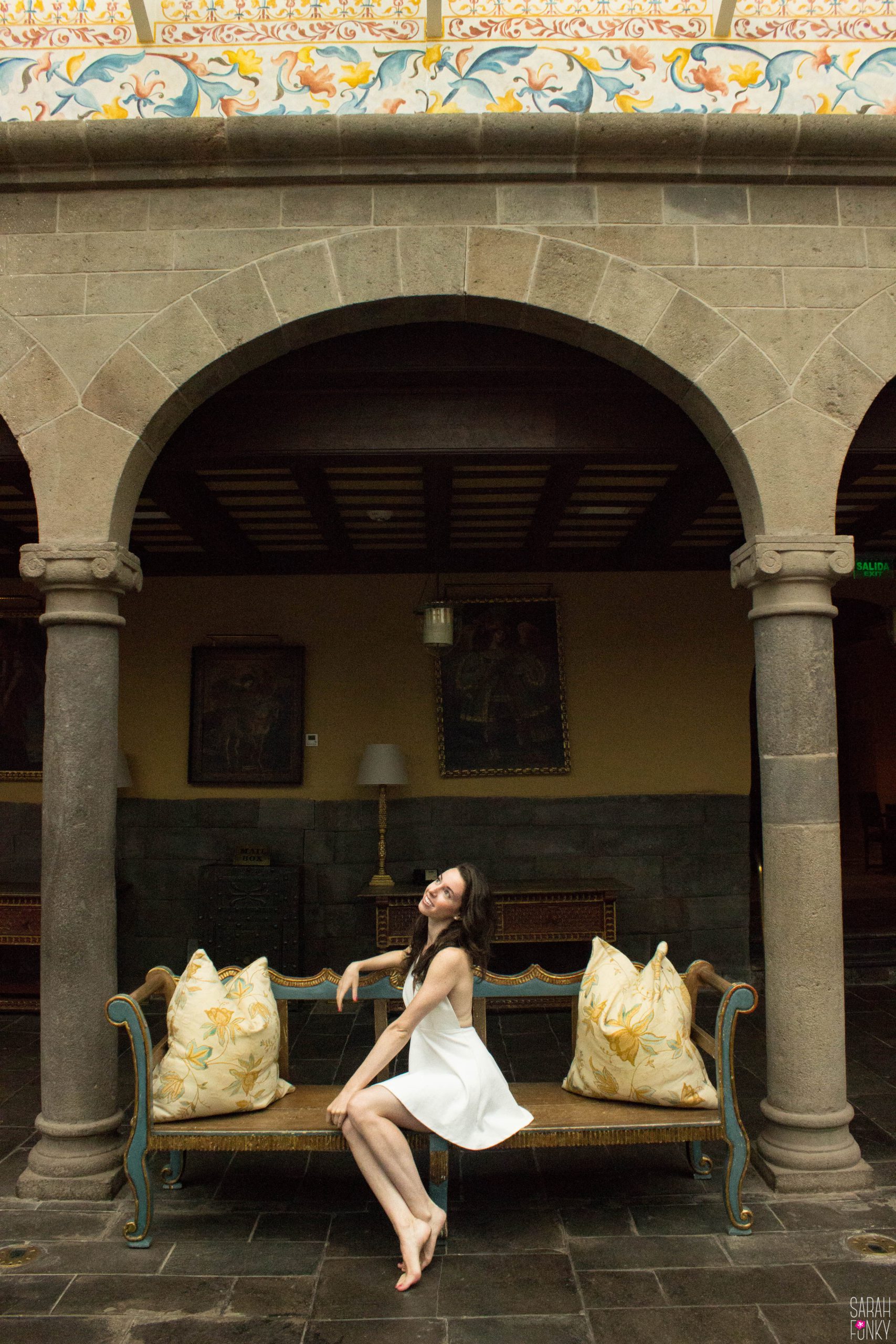
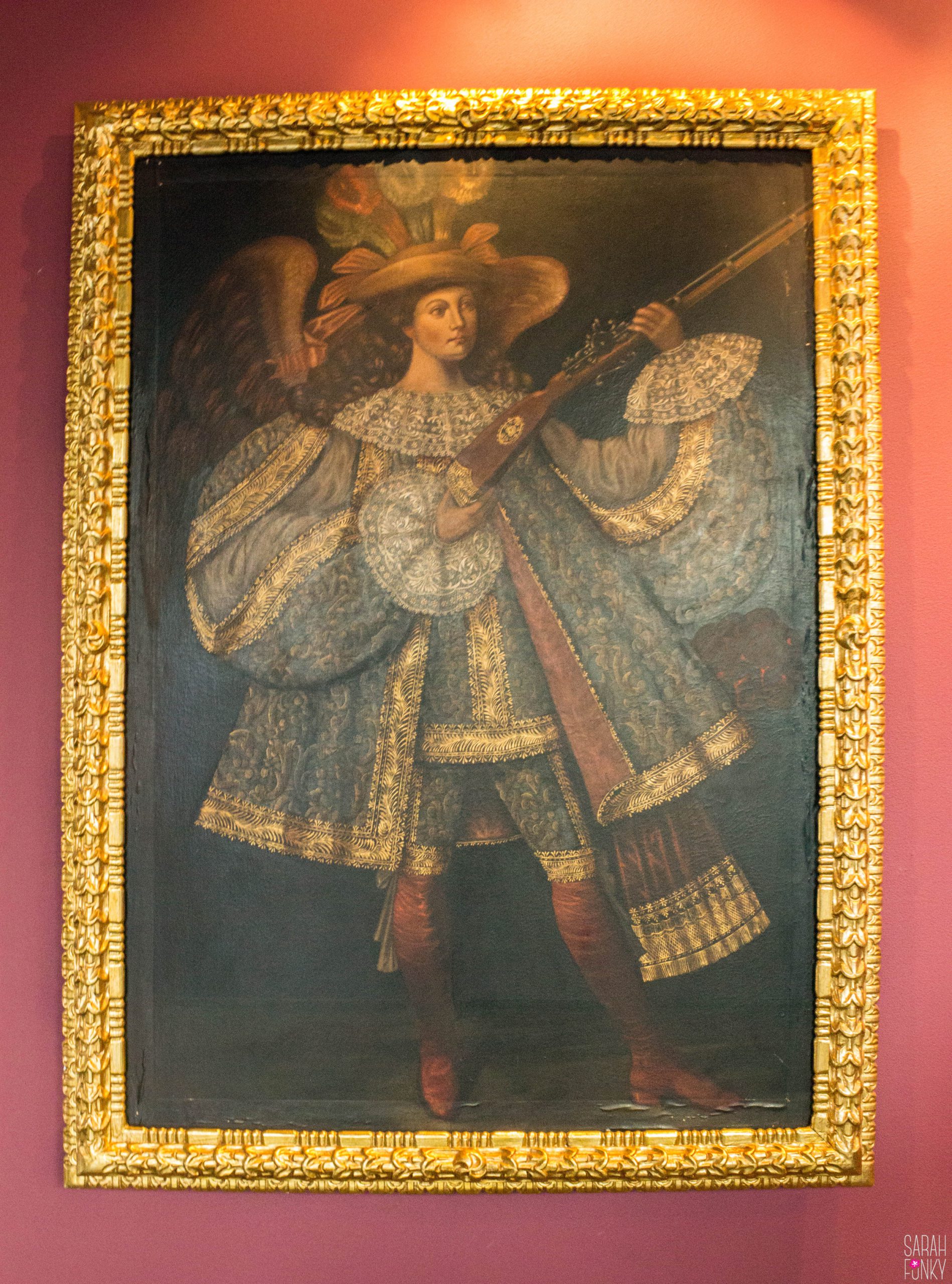
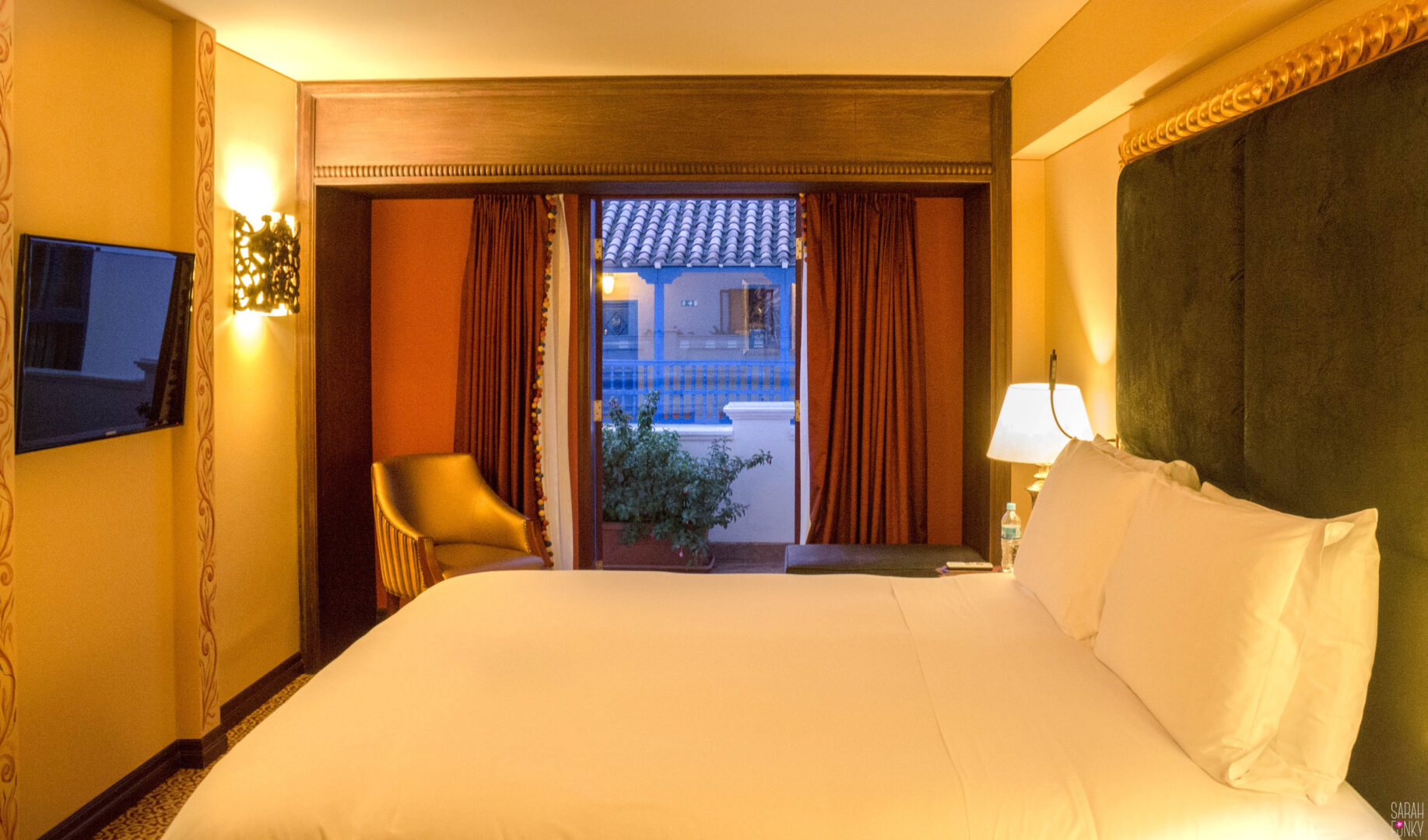
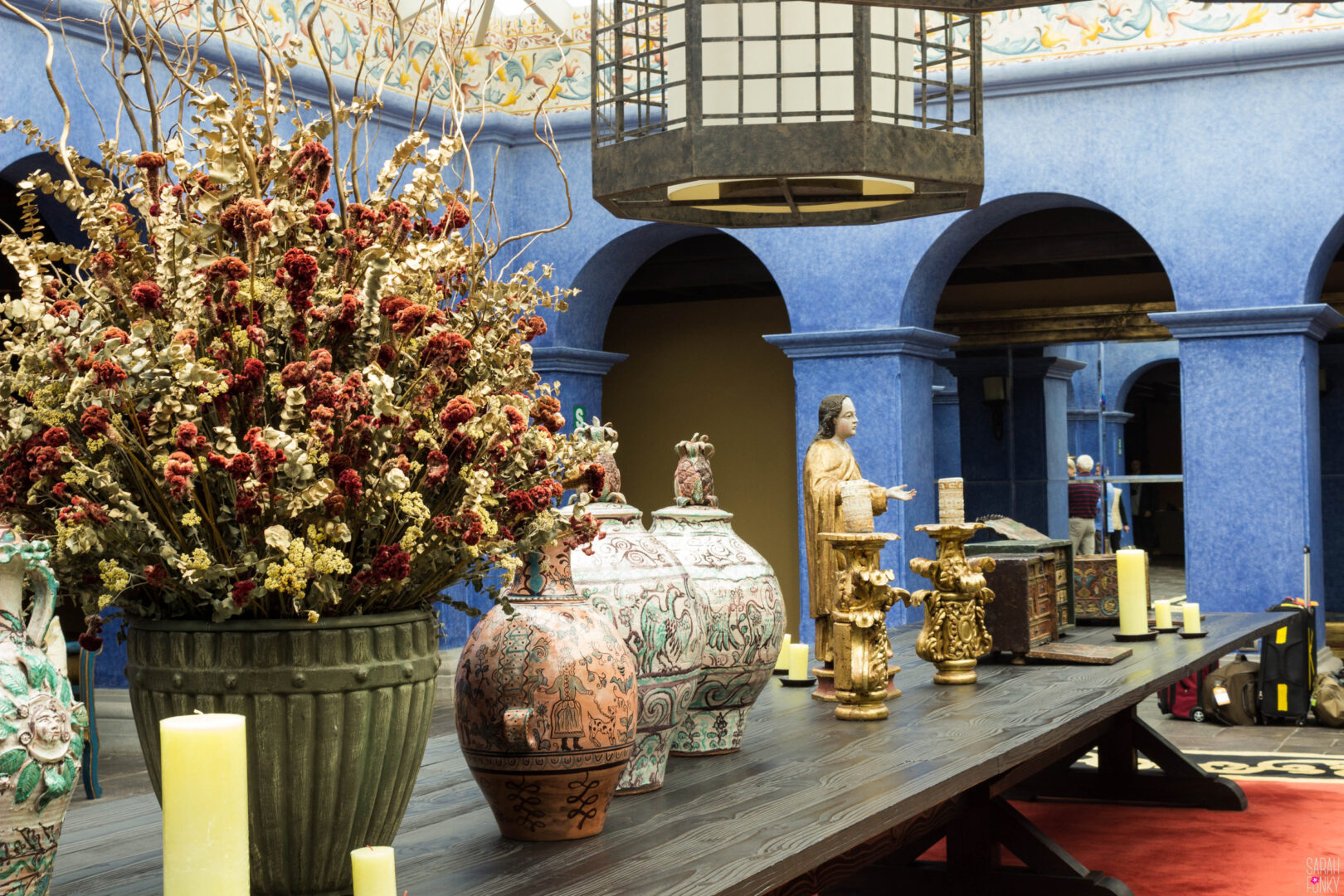
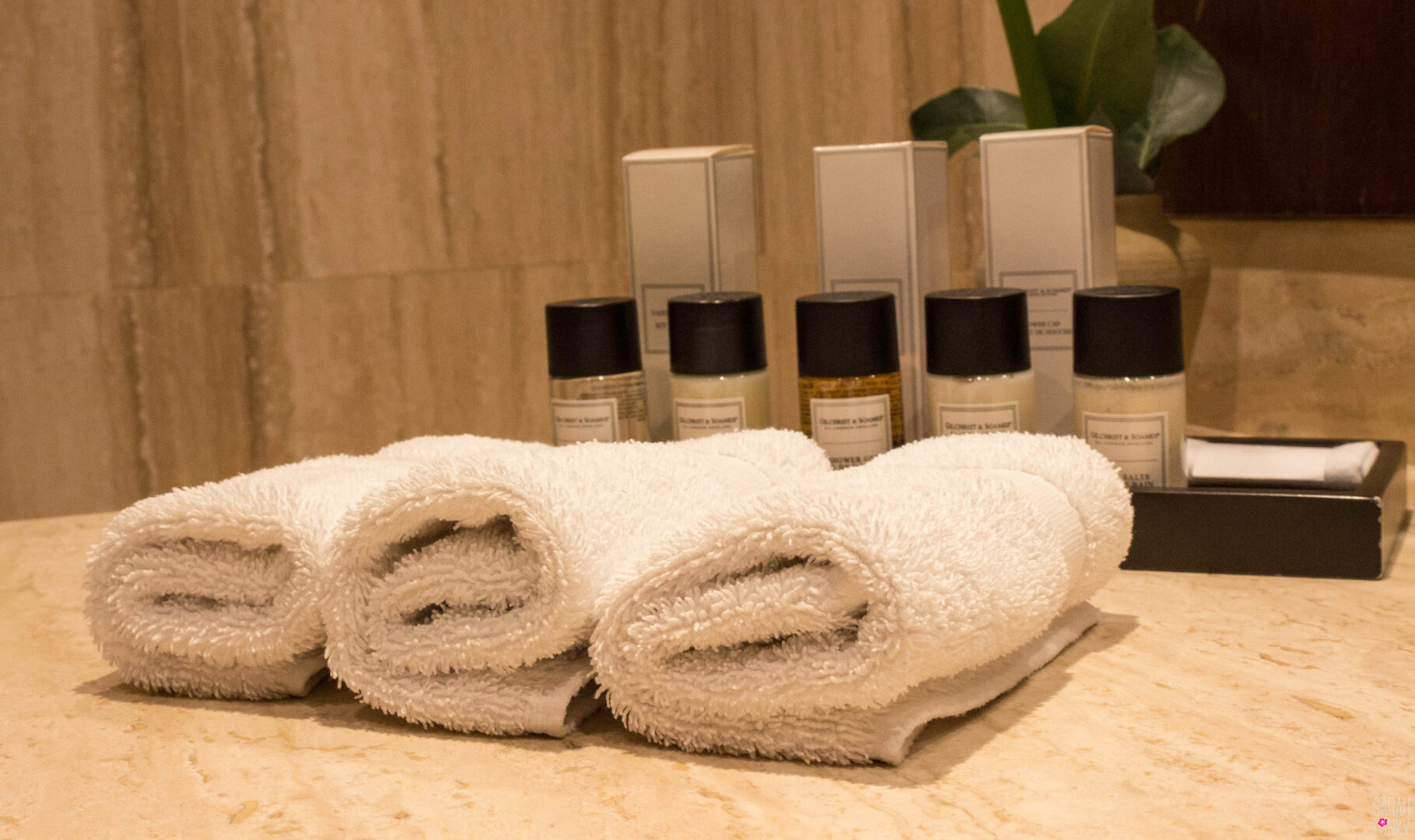
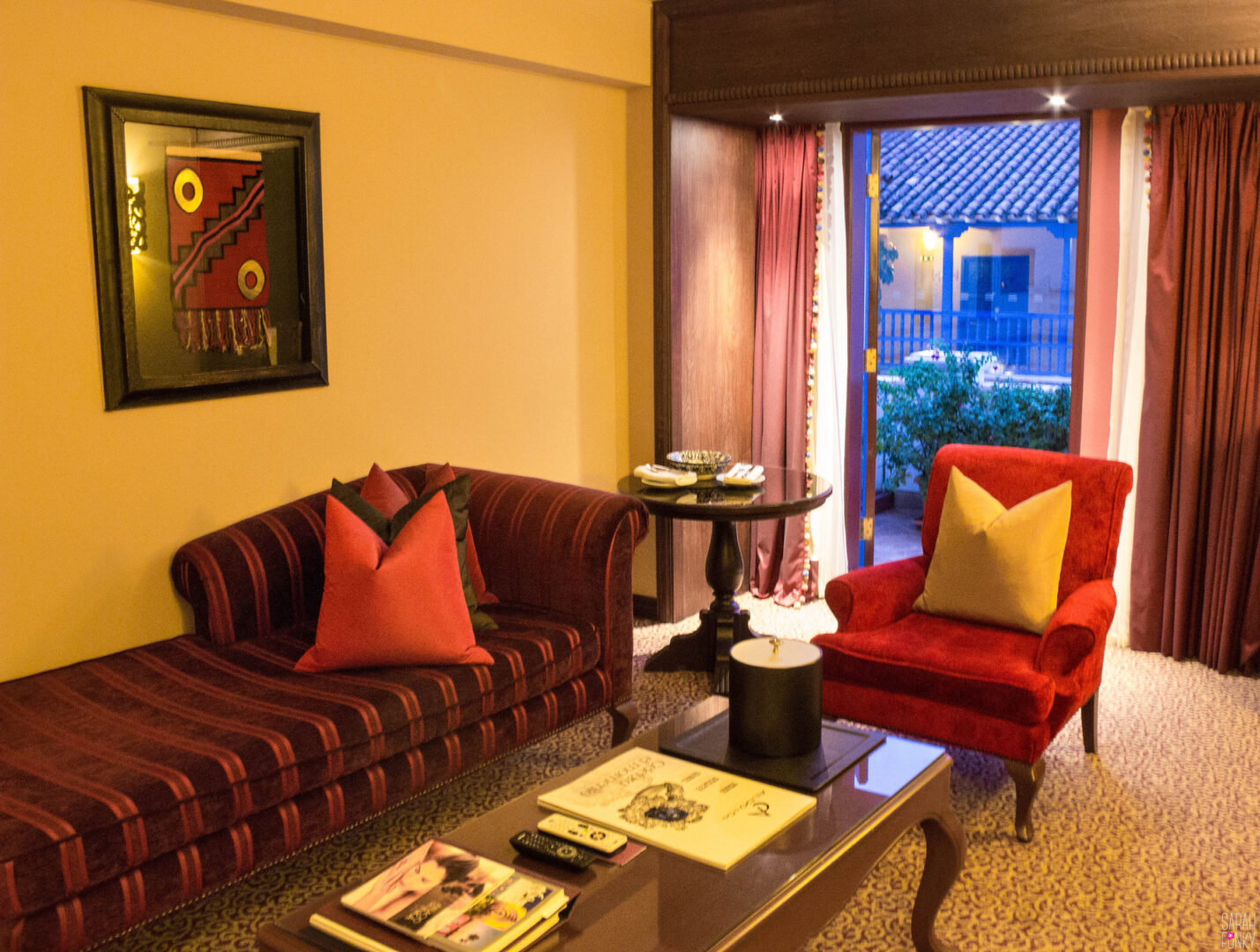
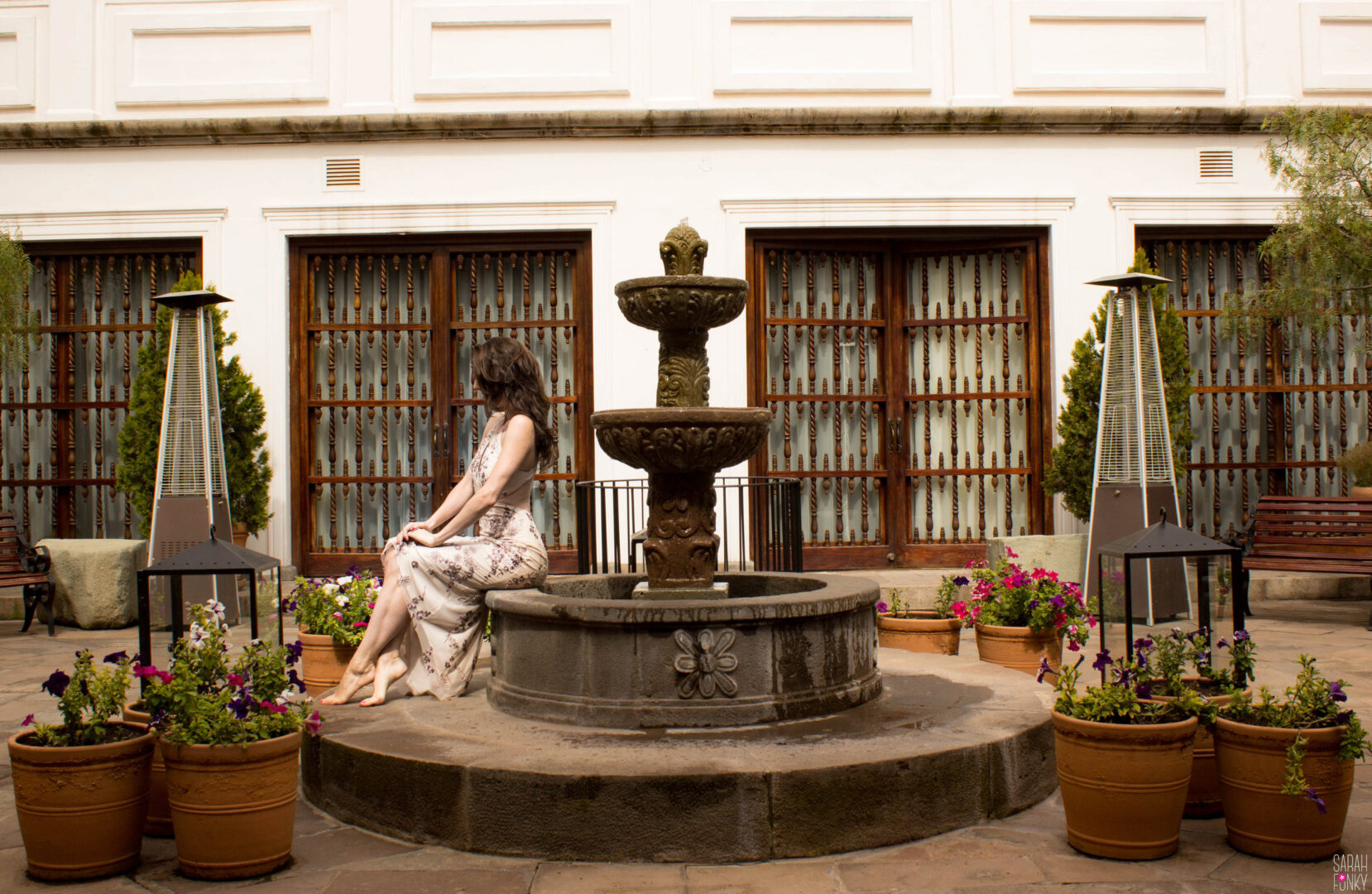
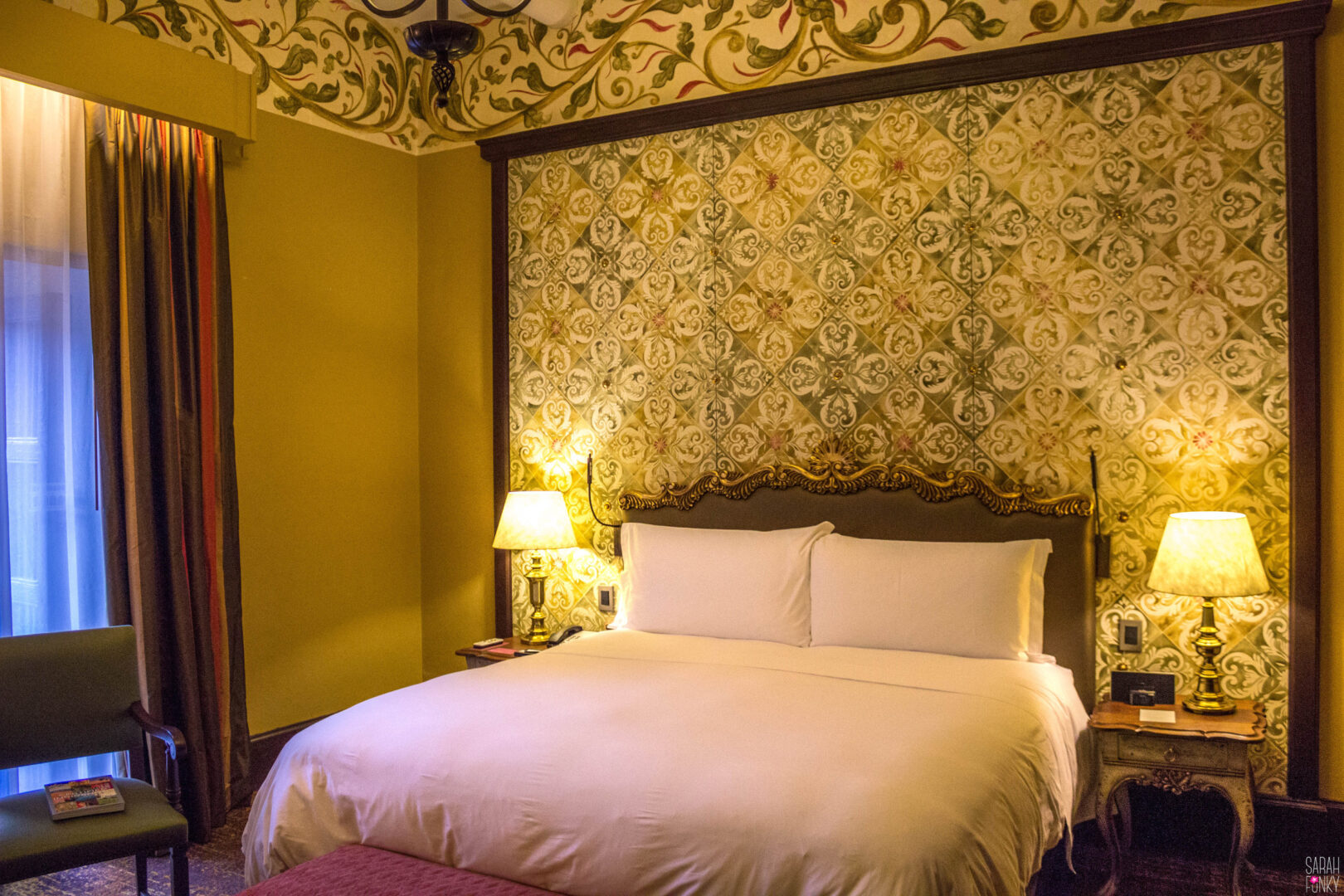
Palacio del Inka offers Pisco Sour classes to guests every night at Rumi Bar. This intimate lounge has red leather chairs, dark wooden tables and traditional bar seating surrounded by original Inka walls and a ceiling with exposed beams. Here guests can learn how to make “the best Pisco Sour” in the city. Pour, shake and sip on every ingredient to understand how they come together to make the National Drink of Peru. Interestingly, both Chile and Peru claim the drink to be there own, however, don’t dare mention the drink is from Chile while in Peru or you’ll be sorry!
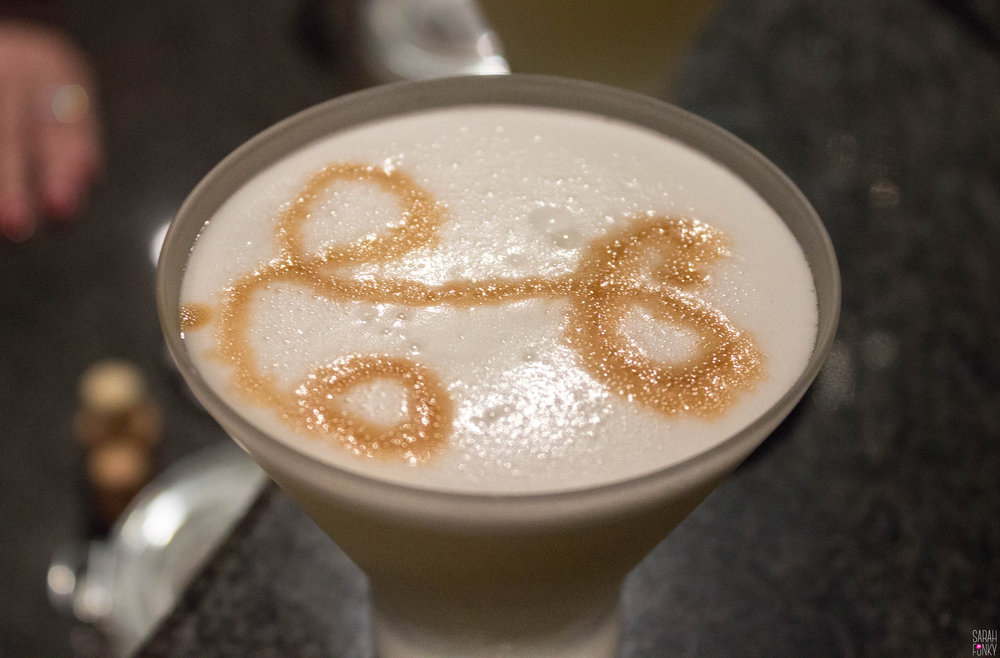
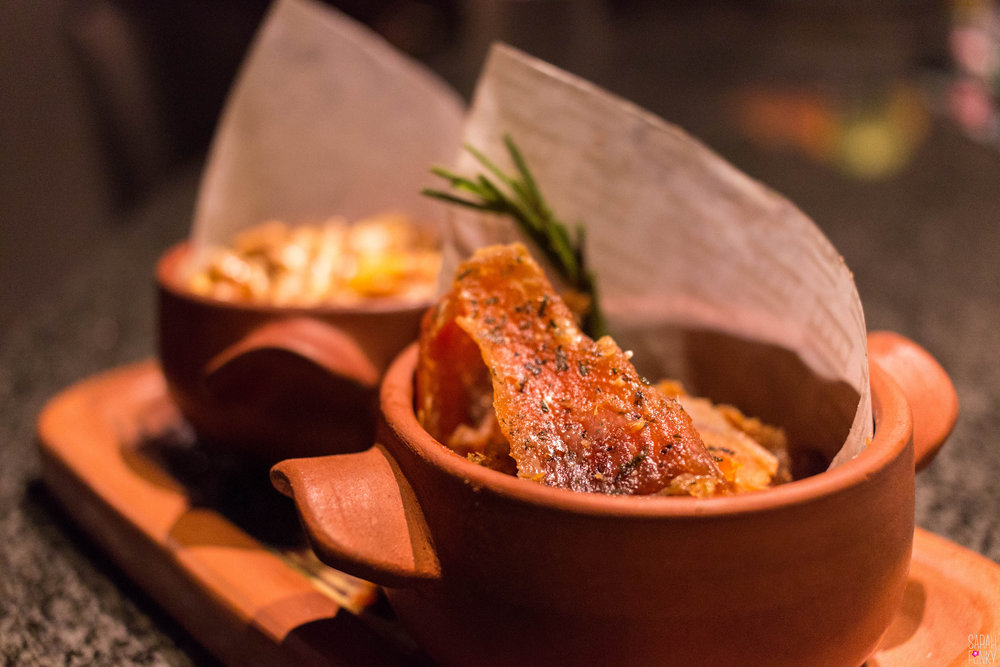
The best Pisco Sour in town pairs well with the 5-star delicacies found at the hotels’ Inti Raymi Restaurant. An enchanting marriage of past and present, this dining spot presents local and regional delicacies. Based upon Andean ingredients, these epicurean dishes unite with premier international cuisine in a storied, yet modern indoor-outdoor ambience. Visitors that are feeling up to it should consider ordering the Menu Degustation to get a full 6-course experience.
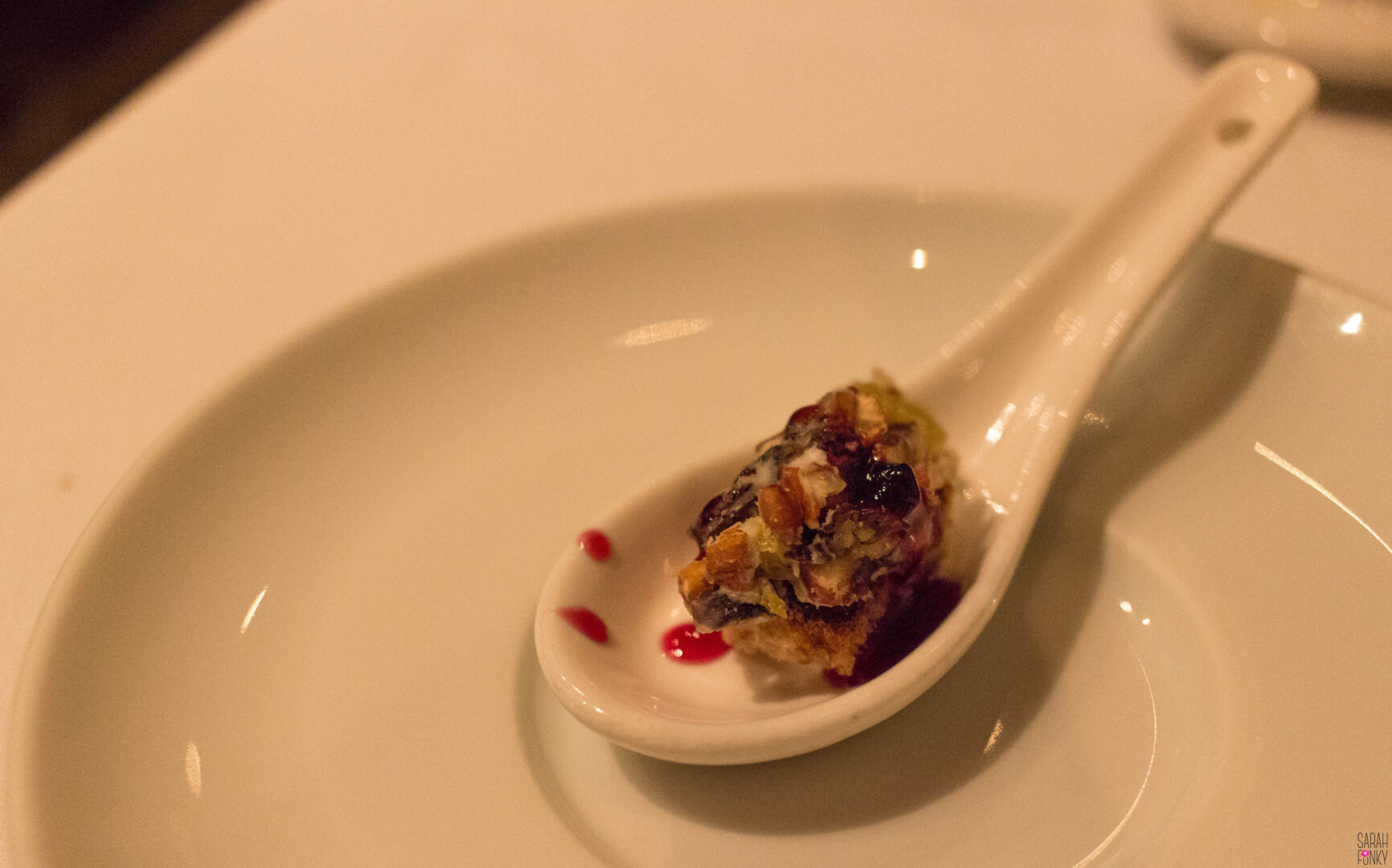
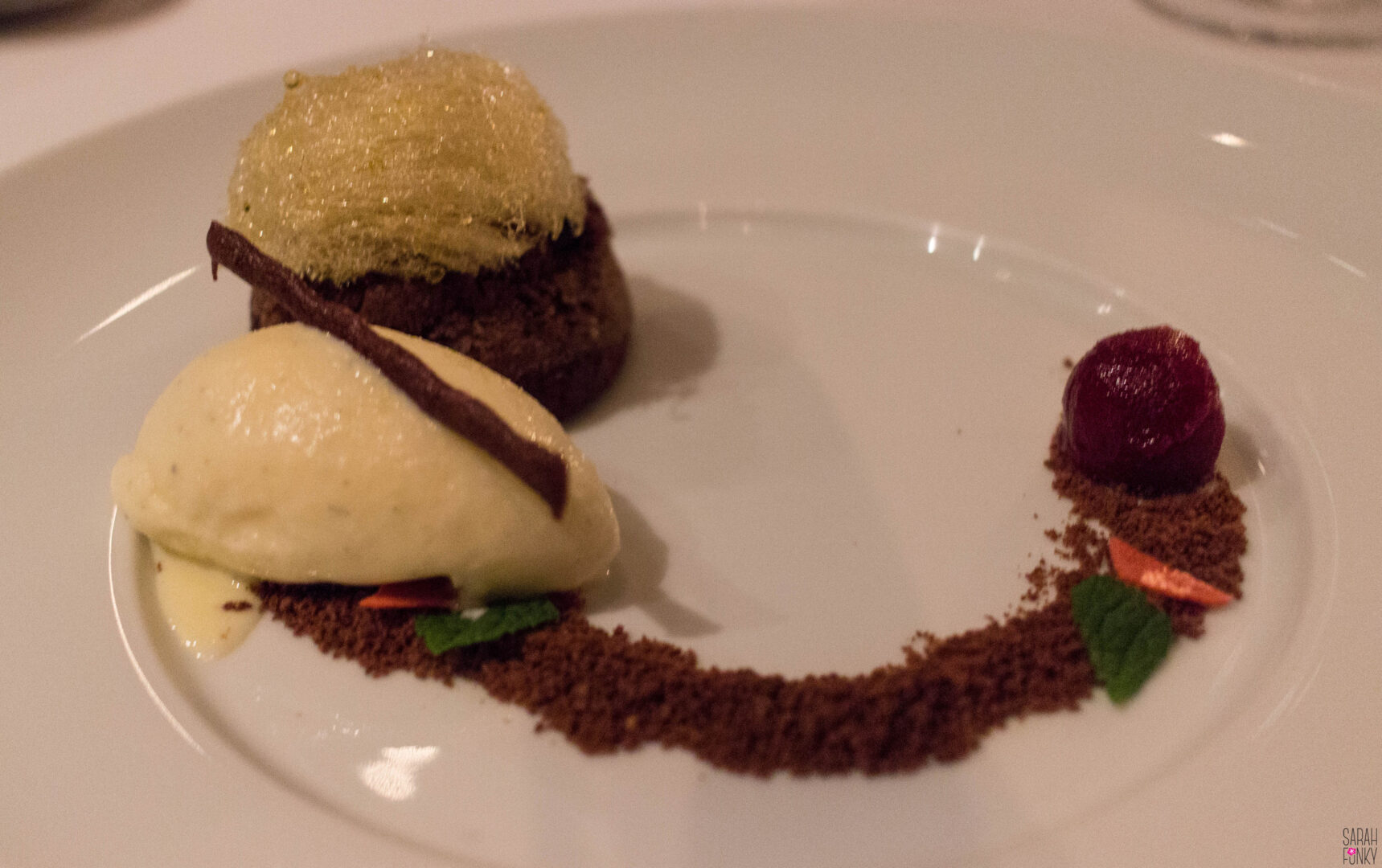
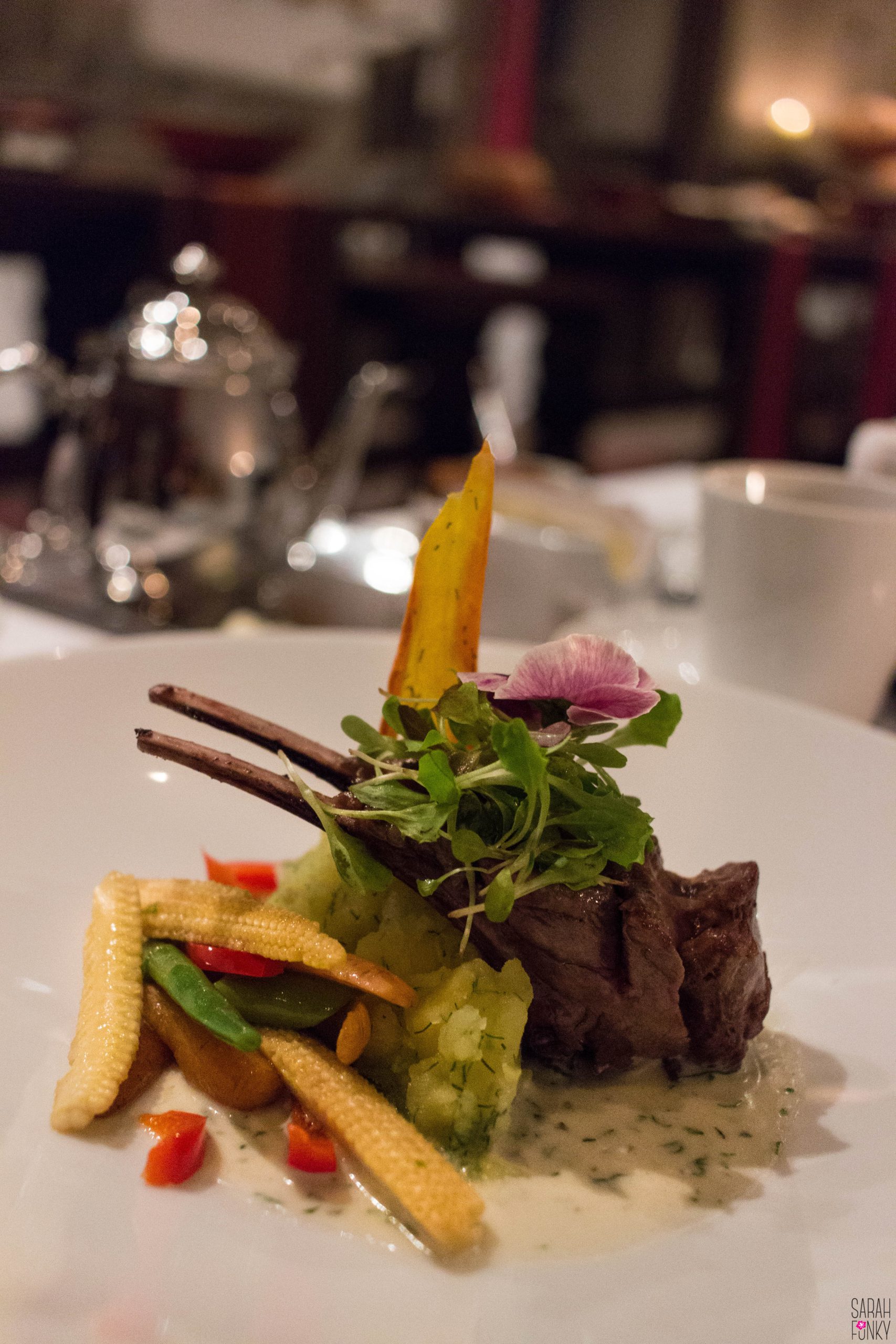
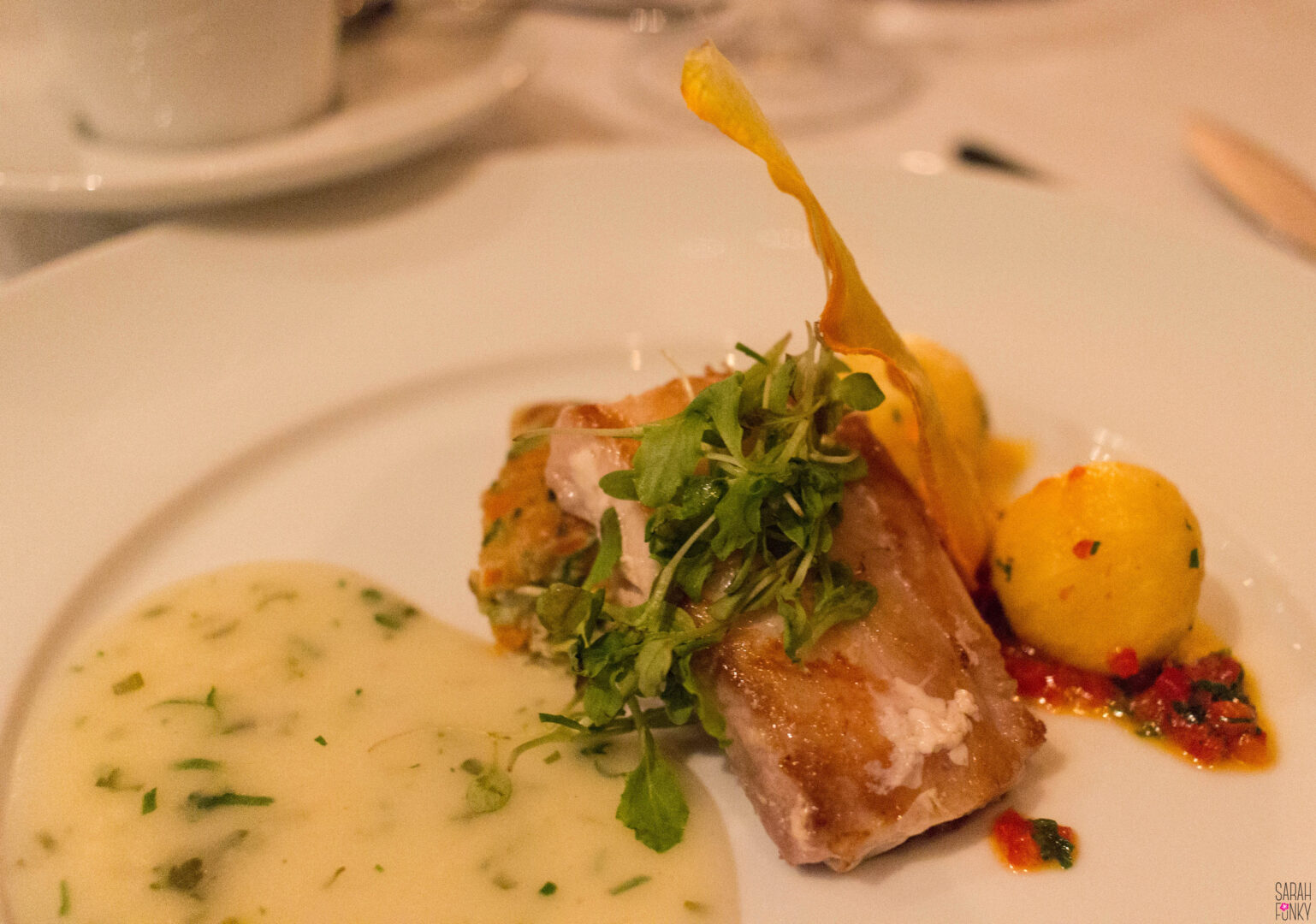
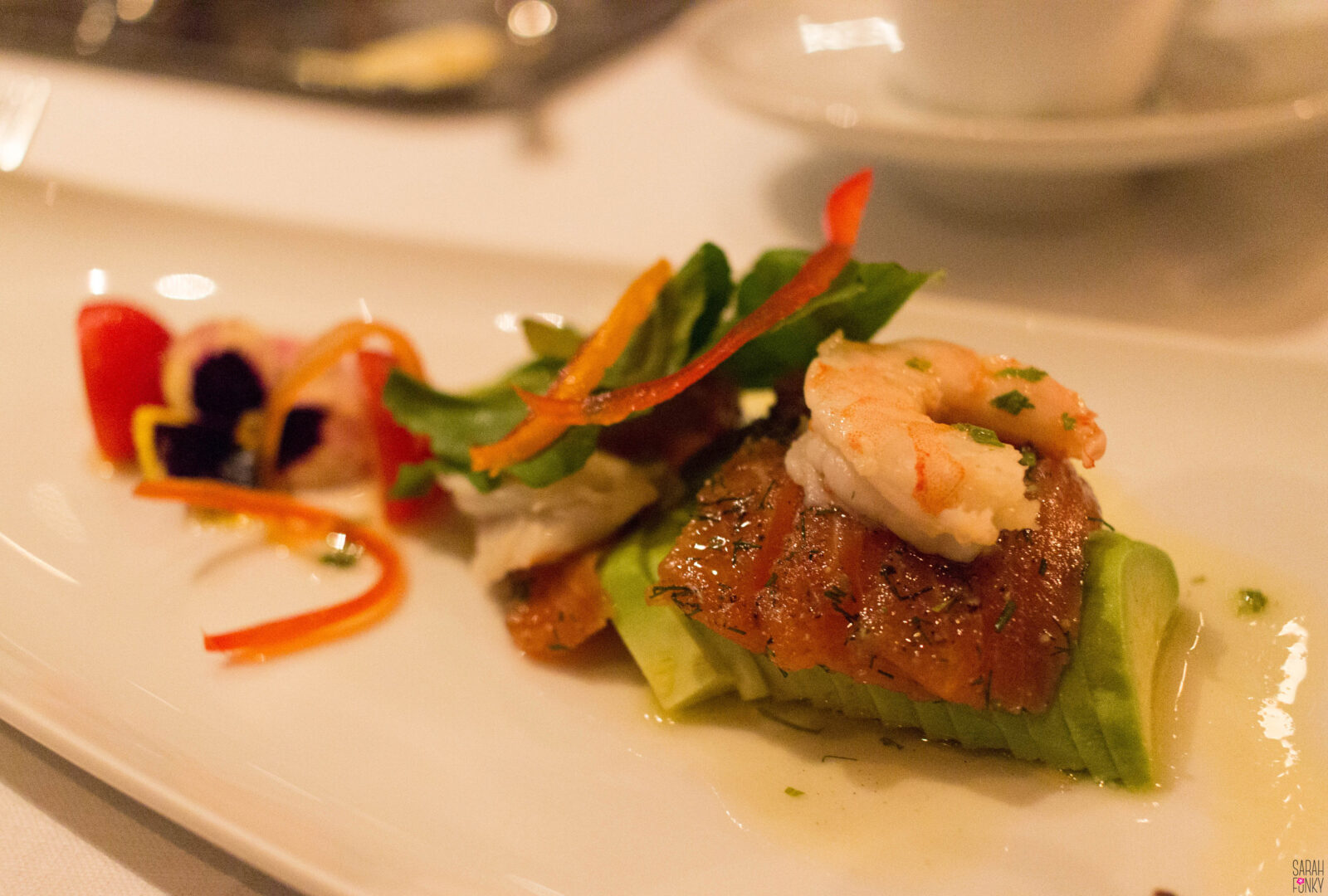
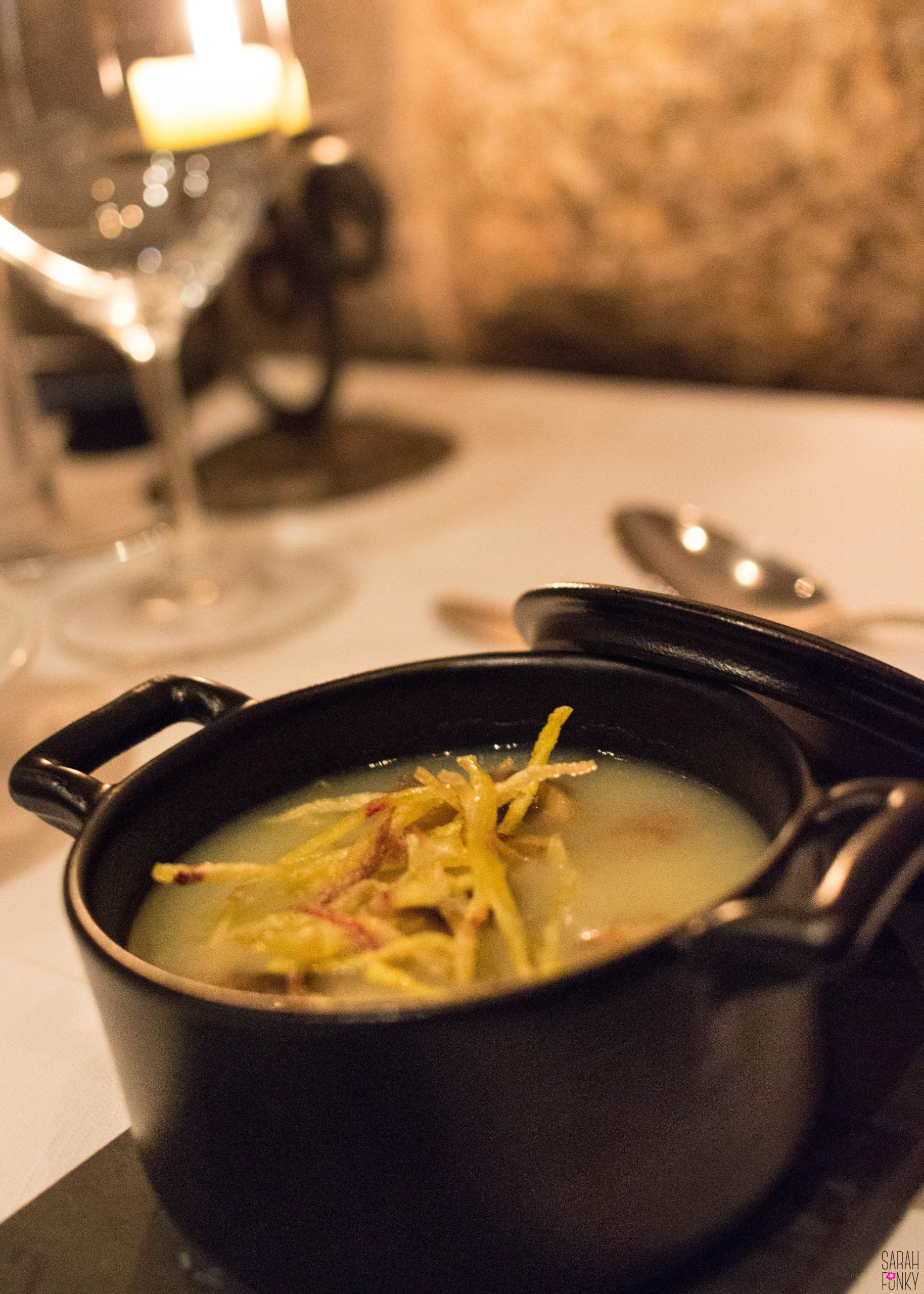
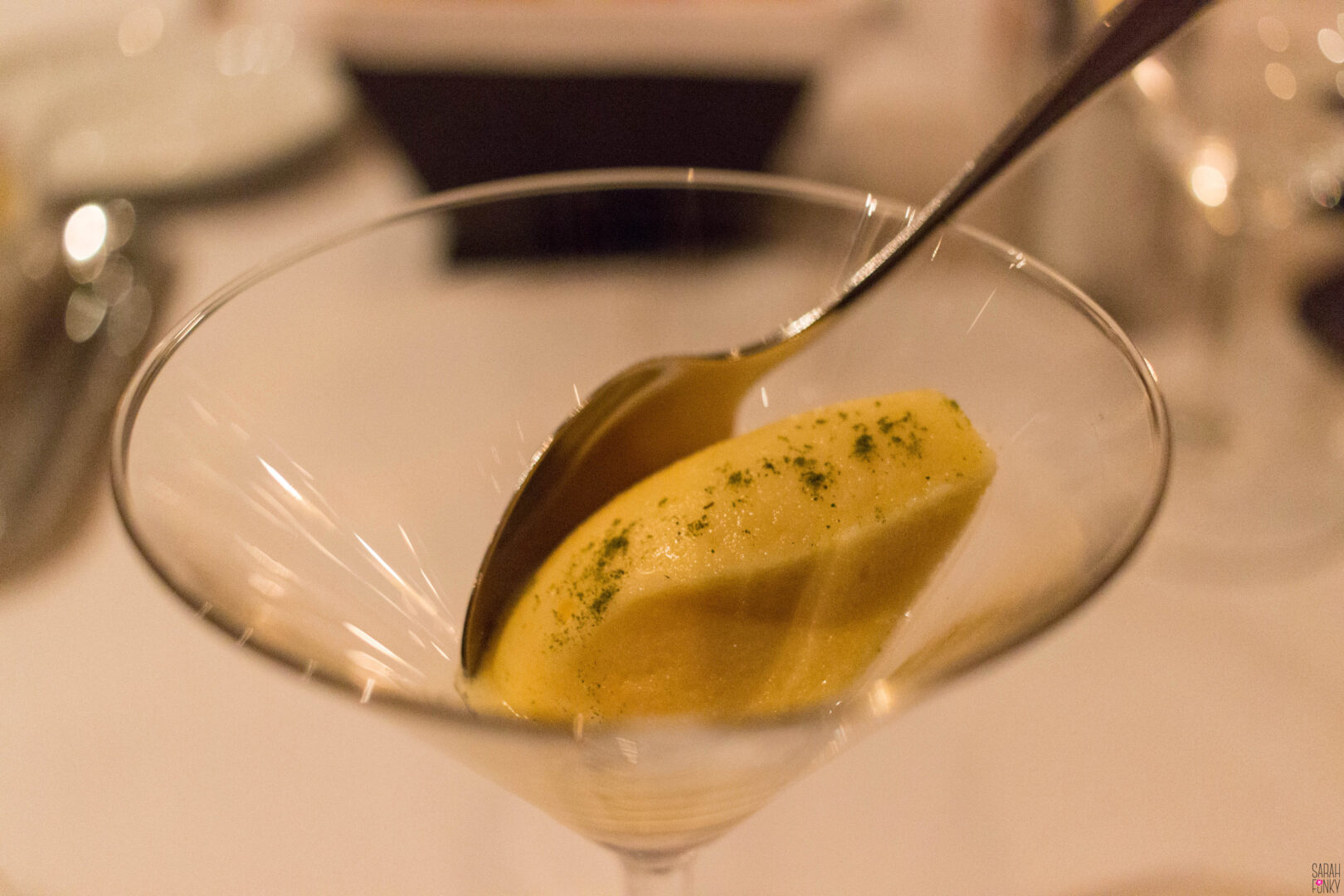
Now that you know a bit more about Cusco and Palacio del Inka, back to my hotel tour. As we strolled along 500-year-old stone walls inside the Palacio, Roberto told us that during the 17th century the home was property of Spanish conqueror Gonzalo Pizarro (brother of the famous Francisco Pizarro). It became increasingly clear that the space was much more than an Incan rulers home and more of a journey through the history of Peru.
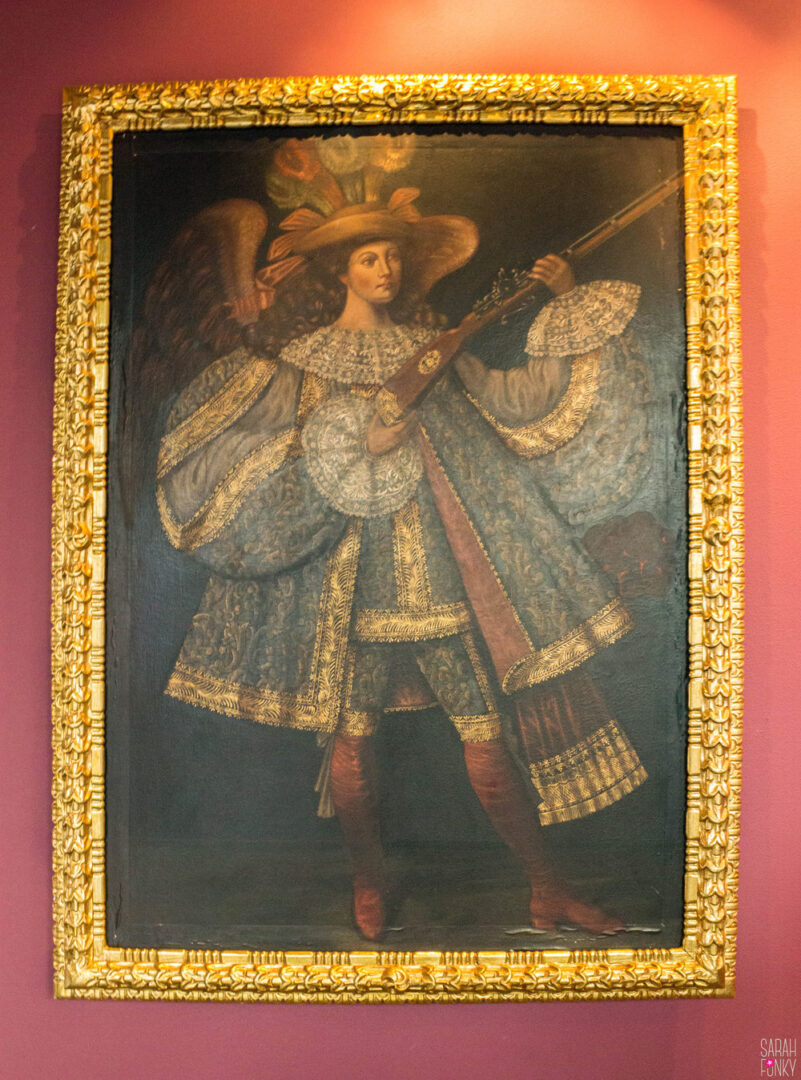

Originally designed to showcase a centuries-old, magical blend of pre-Columbian, Incan, Spaniard, Colonial, and modern cultures, Palacio del Inka presents an enriching experience that cannot be found anywhere else in Cusco. It is a captivating variety of rare opportunities and state-of-the-art amenities that guarantee an enriching and memorable stay in the old center of the Incan Empire.
To learn more about Palacio del Inka visit them at PalacioDelInkaHotel.com. Room start as low $169 a night.
I was a guest at the Palacio del Inka, however, the opinions are my own.
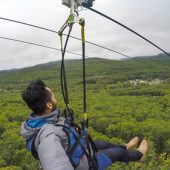

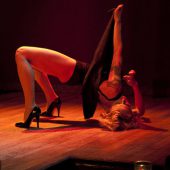
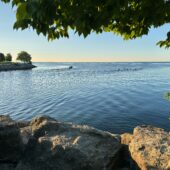
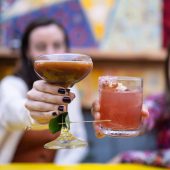
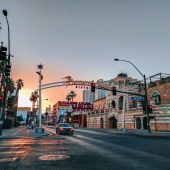
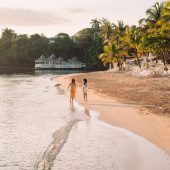
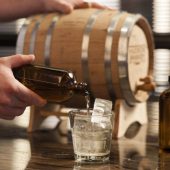
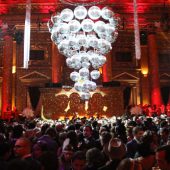
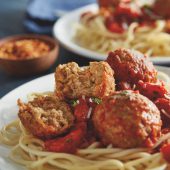
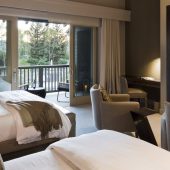

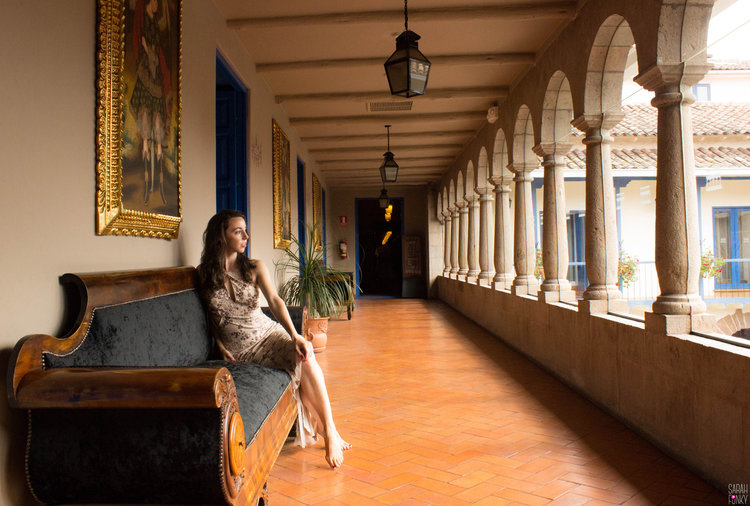
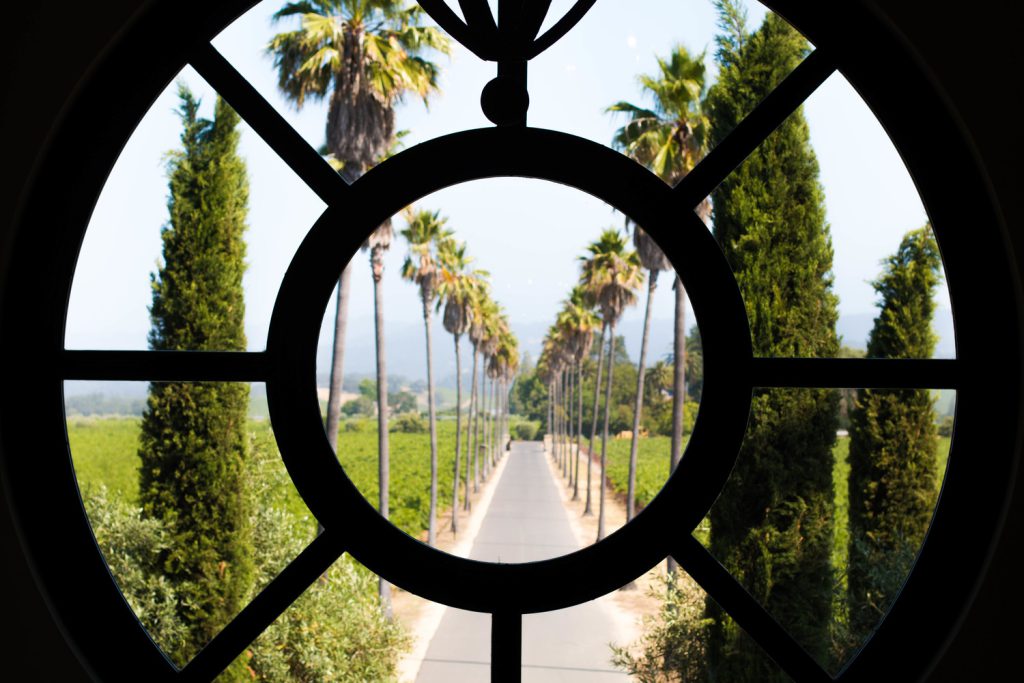
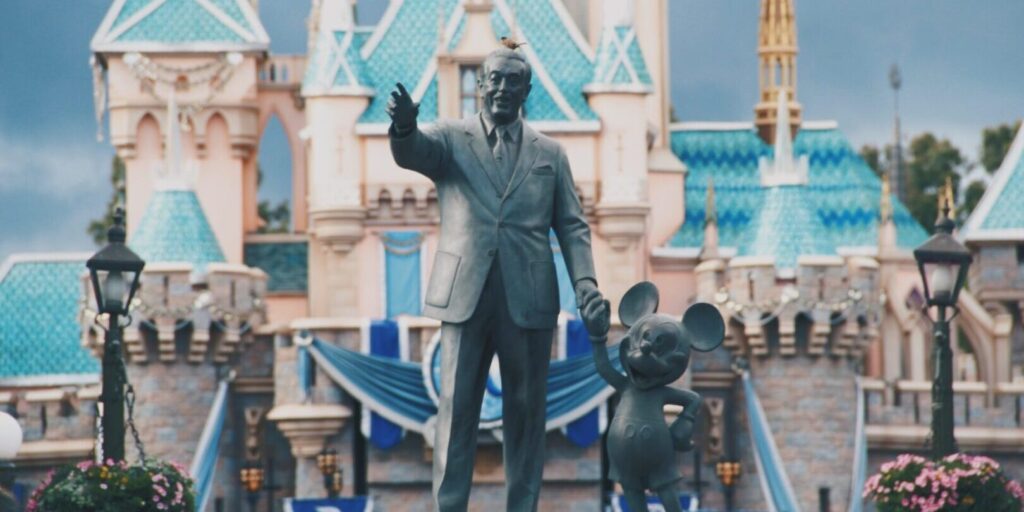
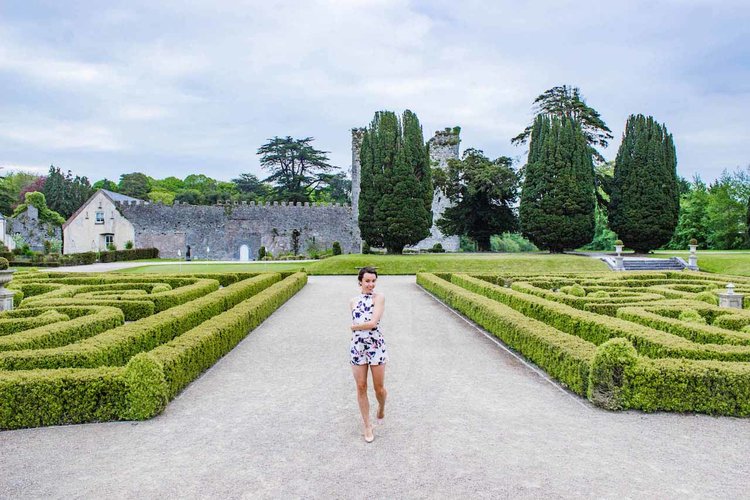
This site is protected by reCAPTCHA and the Google Privacy Policy and Terms of Service apply.